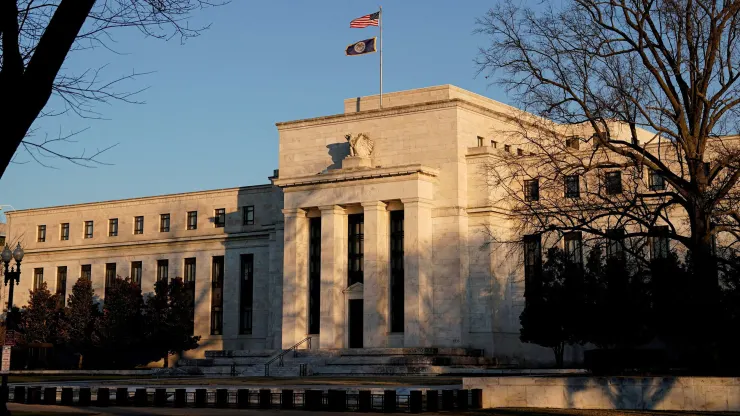The six largest banks in the U.S. have until the end of July to show the impact that climate change could have on their operations, according to details of a pilot program the Federal Reserve unveiled Tuesday.
Under the review, the institutions are to show the anticipated impact that events such as floods, wildfires, hurricanes, heat waves and droughts could have on their loan portfolios and commercial real estate holdings. A hypothetical scenario focuses on events in the Northeastern U.S.
Though the two exercises bear similarities, the climate scenario tests are considered separate from mandated bank stress tests that examine readiness in the case of financial and economic crises.
“The Fed has narrow, but important, responsibilities regarding climate-related financial risks – to ensure that banks understand and manage their material risks, including the financial risks from climate change,” Fed Vice Chair for Supervision Michael S. Barr said. “The exercise we are launching today will advance the ability of supervisors and banks to analyze and manage emerging climate-related financial risks.”
The analysis is at least three years in the making.
A financial stability report in late 2020 first discussed the possibility of the Fed examining how prepared the institutions it oversees are for economic impacts from climate change. That came a year after Fed Vice Chair Lael Brainard first brought up the issue.
However, Chairman Jerome Powell recently vowed the central bank would not become a “climate policymaker” despite the new program’s efforts.
The analysis takes a two-pronged approach, looking at a “physical risk” perspective, or the harm to people and property from unexpected climate-related events, and “transitions risks” associated with the costs of moving to a zero-emissions economy by 2050.
Participating banks include Bank of America, Citigroup, Goldman Sachs, JPMorgan Chase, Morgan Stanley and Wells Fargo. The deadline for submissions is July 31, with a summary expected to be released publicly by the end of the year but will not include information about specific banks’ responses.
The report released Wednesday didn’t outline a more specific scenario that the banks should address. However, it did say it would entail examining the impact on residential and commercial real estate portfolios of “risk scenarios with different levels of severity” impacting the northeast.
In addition, banks are being asked to “consider the impact of additional physical risk shocks for their real estate portfolios in another region of the country.”
The transition risk portion is to focus on how corporate loans and commercial real estate would be hit by the move to hit net-zero greenhouse gas emissions by 2050.
The final report will focus on aggregate information provided by the banks about how they are incorporating climate risks into their financial plans. There won’t be estimates on total potential losses from the hypothetical events.

